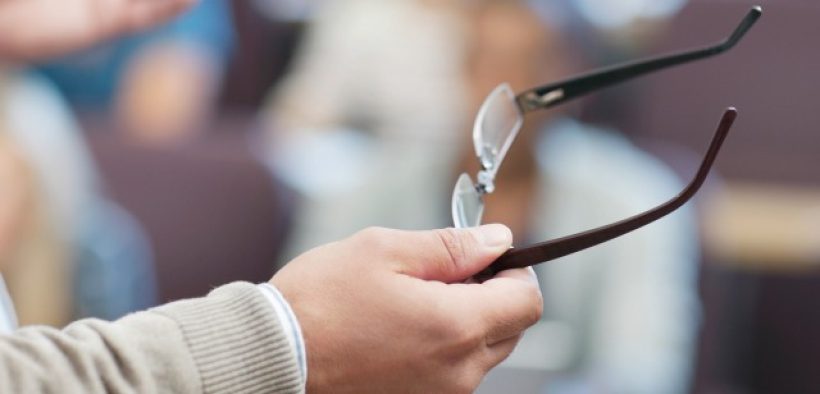I like how blogging lets us stir up ideas, watch them simmer, and taste the results.
I’ll start this mix of ideas with Amy Mulnix’s insight that teachers approach learning about teaching much like students approach learning course content. Examples: students think ability matters more than effort and teachers think teaching is a gift that is given more than a skill that can and should be developed; students want easy answers and teachers want techniques that work right the first time; and both share the fear of failure. Is this a comparison from which we might learn something?
Related Articles
I have two loves: teaching and learning. Although I love them for different reasons, I’ve been passionate about...
Active learning is a mostly meaningless educational buzzword. It’s a feel-good, intuitively popular term that indicates concern for...
Perhaps the earliest introduction a student has with a course is the syllabus as it’s generally the first...
Generative AI allows instructors to create interactive, self-directed review activities for their courses. The beauty of these activities...
I’ve often felt that a teacher’s life is suspended, Janus-like, between past experiences and future hopes; it’s only...
I teach first-year writing at a small liberal arts college, and on the first day of class, I...
Proponents of rubrics champion them as a means of ensuring consistency in grading, not only between students within...








